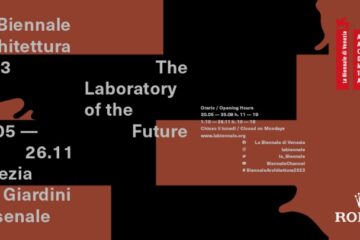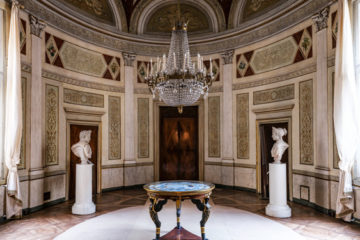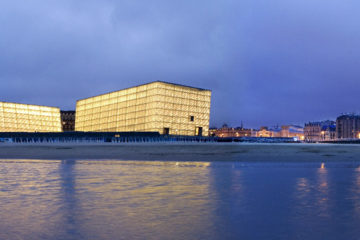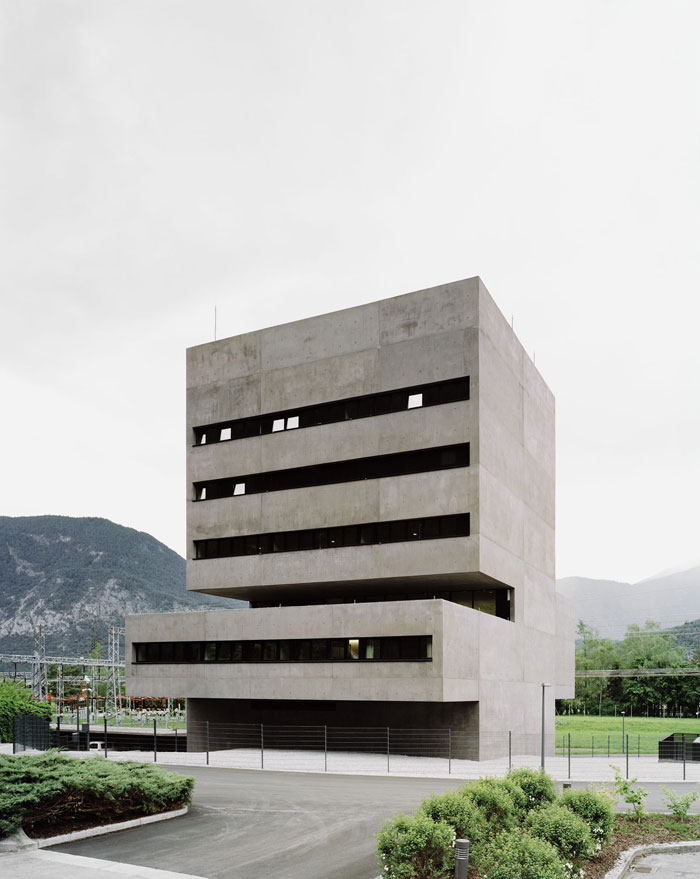
The new building for the Tiwag Power Station Control Center by Bechter Zaffignani Architekten in Silz is a massive, tower-like, free-standing building. The dominant building on the site was and still remains the old turbine building.
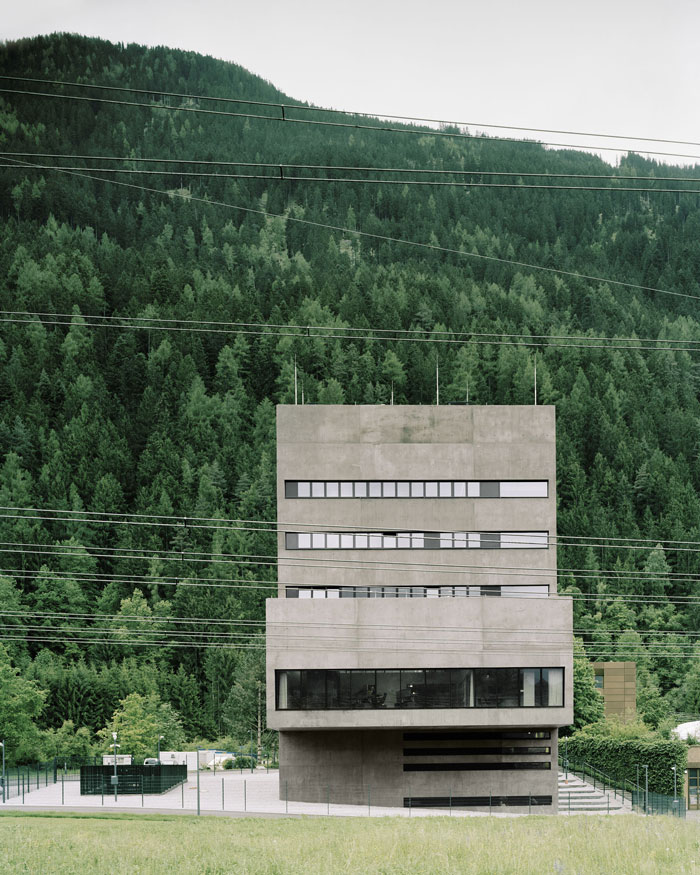
In terms of height, width and axial orientation, the new building relates to the turbine building. Its shape takes up and continues the existing spatial direction of the turbine building. A new, clear and expressive volume is made that conveys a sense of the energy processes on the power station site. The control centre now marks the spatial centre of the power station site and connects the neighbouring volumes to create an urban structure.
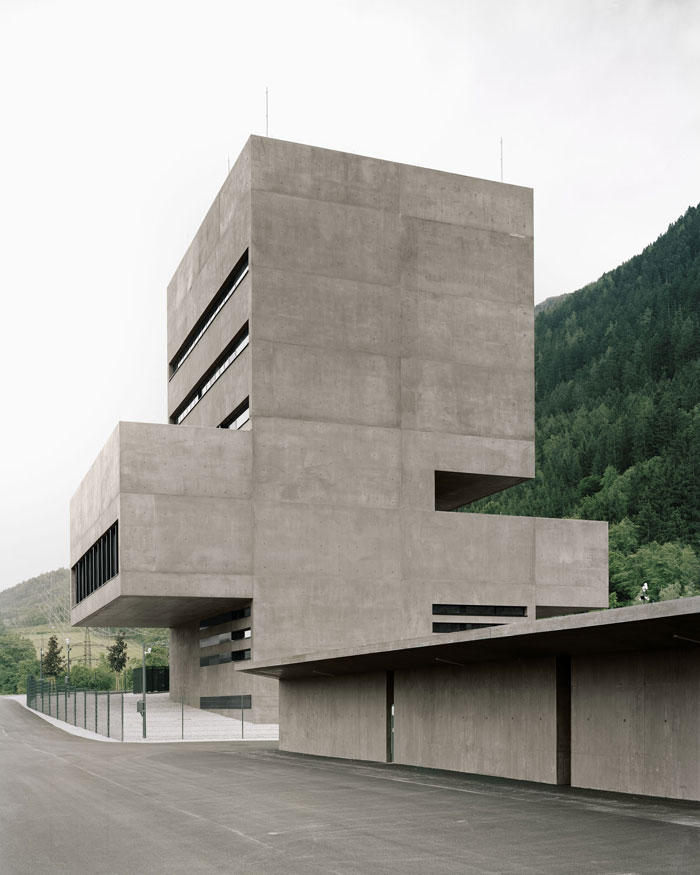
The materialisation and the colour of the new building relate to other structures in the area of hydraulic engineering. Concrete is the ideal material for providing sufficient resistance to the enormous force of water used to generate energy. Like no other material it conveys a sense of security and longevity.
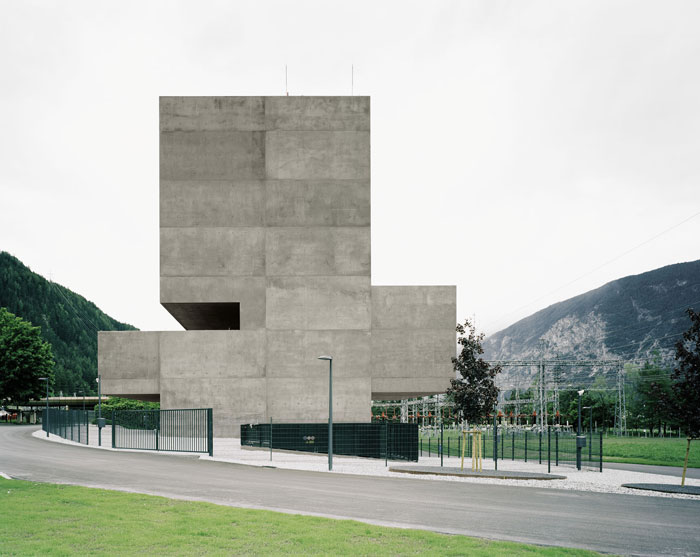
The idea behind the control centre is based on stacking the individual functions vertically, with each functional unit organised on a separate floor level. This clear hierarchy simplifies the administration of the access and security areas and allows a linear networking of the infrastructure.
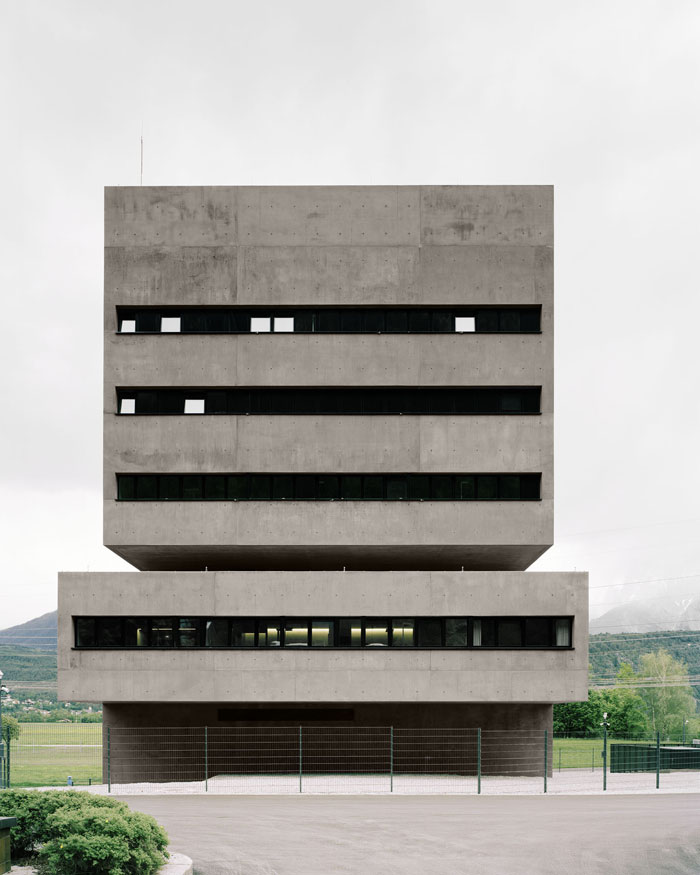
The foundations consist of a one-metre-thick foundation slab dimensioned to deal with the eventuality of an earthquake, which is additionally anchored by tension piles. Built according to the low energy construction method, the new building is insulated on the inside. A ground water well supplies the energy required for both the heat pump and the cooling plant. Thanks to the relatively high internal heat loads resulting from the technical appliances only a small amount of heating energy has to be supplied.
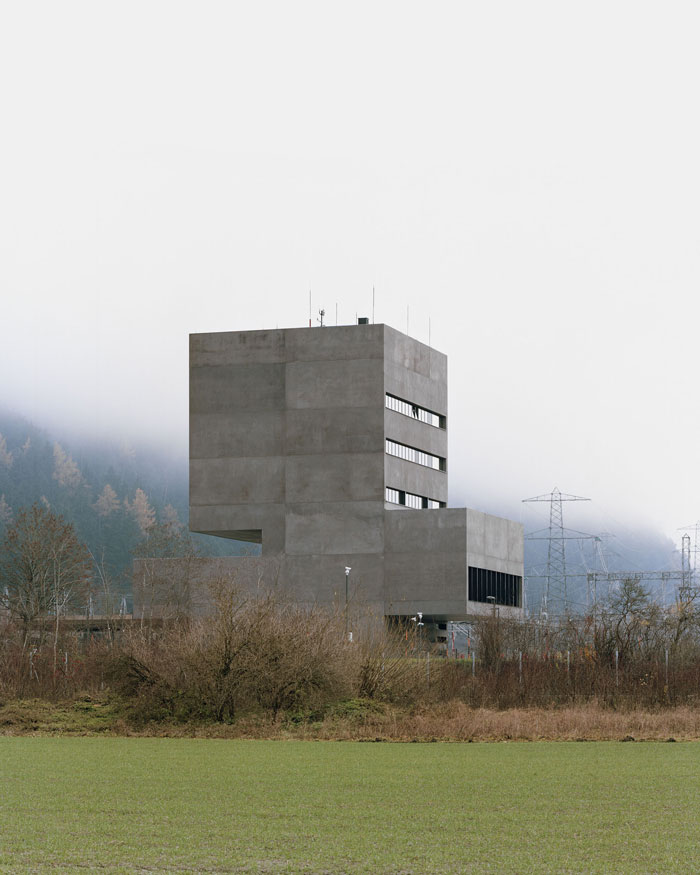
The visitor centre is a narrow, elongated building that forms the boundary to open space. It has full-height glazing towards the road. A continuous strip of high-level glazing in the back wall allows visual contact with the power station complex to the south.
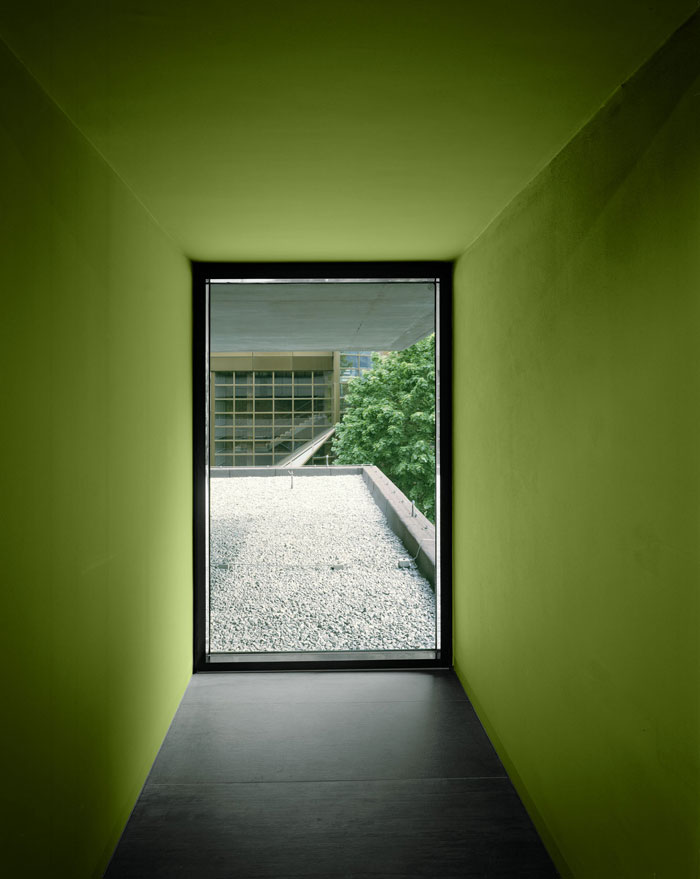
Images courtesy of Rasmus Norlander
Discover: books.bzzt.at
